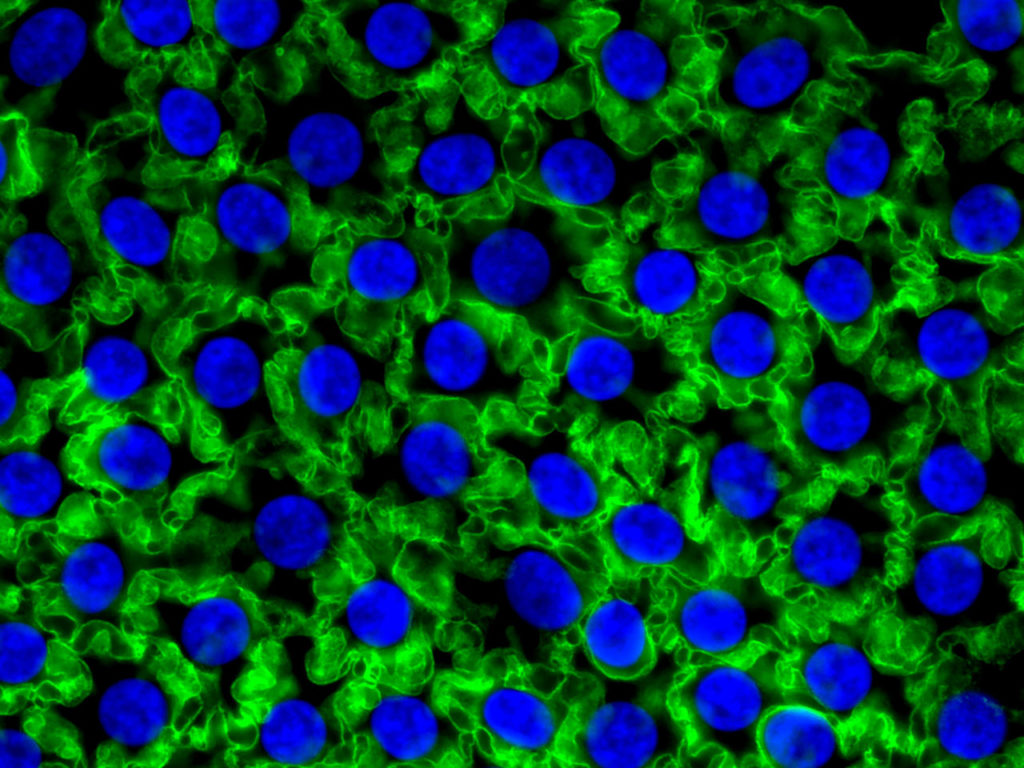How does a cell stay alive? How do molecules in a cell “know” how to react with one another? Does this chemistry become more complex over time, and if so, why? In Dr. Betül Kacar’s lab at Harvard University, scientists look for answers.
In order to understand how a complex communication system evolves and potentially shapes the evolutionary trajectory of a cell, the authors propose the use of a new technique to understand the evolution of an interaction network. This is an experimental system in which laboratory evolution experiments and synthetic biology are combined with ancestral sequence resurrection (ASR) techniques. ASR allows inferring the ancient DNA sequence of a modern gene or protein by using phylogenetic trees and computational algorithms. Synthetic biology is the construction of these inferred DNA molecules in the laboratory, specifically for the case of the authors, achieved through engineering the DNA molecules inside a modern bacteria.
The authors aim to reconstruct an evolutionary trajectory of a protein-protein interaction network in a modern organism. In order to fulfill this, they replace an existing protein of a modern network with the reconstructed ancestral components and track their adaptation in a bacterial organism.
The authors study a protein network in Escherichia coli in which the center point of the network is the EF-Tu (Elongation Factor Tu) protein. EF-Tu protein has a crucial role within the cell. Moreover, EF-Tu is an essential protein for the process and interacts with many other proteins to keep the cell functioning normally.
When the authors replaced the modern protein with its ancestral form within a modern organism, the organism kept its viability, but the bacterial doubling time increased. The next step clearly is to determine what is responsible for this increase in doubling time.
The new perspective that combines synthetic and evolutionary biology with ancestral sequence resurrection techniques can provide a better understanding for how networks evolve.
Are you the author of this article? We had a site crash back in 2016 and lost some author attributions. We promise this is not a snub! Please email us and let us know that this is your post. Thanks and apologies!


